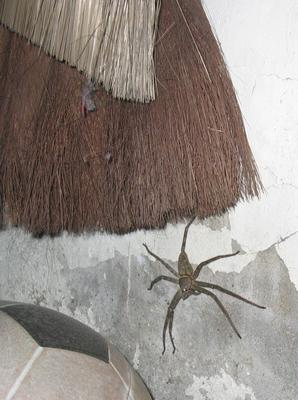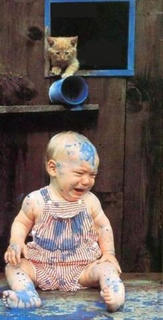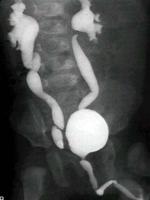
'Dash' enjoying a day out with his parents.

[The Royal Tenenbaums]


















I've been having a lot of fun over the past few days playing around on the Flickr site. It's a blast. There are so many superb photos to browse.
Flickr is constantly adding great features. I love the Explore page. For instance, you can explore the most interesting photos from the past 24 hours.
I'm always happy when people put comments on my photos and of course it's always gratifying when others add one of my photos into their favorites collection.
Here are my favourites. I've been adding several a day so far - there are just so many awesome pictures.

If only you could have heard the way he was noisily slurping and chomping on his arm.



 Later on Kelly, Jason and I took Ah-gong, Yi-long and Joe, who had also popped up from Tainan, to the nearby Japanese restaurant for snacks and a few beers. K's mum stayed at home with Lucas who was sleeping off a bellyful of milk. Here we see Yi-long indulging in some sake.
Later on Kelly, Jason and I took Ah-gong, Yi-long and Joe, who had also popped up from Tainan, to the nearby Japanese restaurant for snacks and a few beers. K's mum stayed at home with Lucas who was sleeping off a bellyful of milk. Here we see Yi-long indulging in some sake.
 I found this picture on a blogspot blog called freedomslopes. It's the cover of a free map of Taipei for foreign visitors that is available in hotels around the city. Vivian is a teen pop star. Alas, she seems blissfully unaware of what the English words on her T-shirt mean (dirty white slut). It projects a nice image of Taiwan, doesn't it?
I found this picture on a blogspot blog called freedomslopes. It's the cover of a free map of Taipei for foreign visitors that is available in hotels around the city. Vivian is a teen pop star. Alas, she seems blissfully unaware of what the English words on her T-shirt mean (dirty white slut). It projects a nice image of Taiwan, doesn't it? 

 And on a completely unrelated note, please, all of you, do not beat children's handbasins. [This pic is stolen from a Taiwan blog called NiHowdy.]
And on a completely unrelated note, please, all of you, do not beat children's handbasins. [This pic is stolen from a Taiwan blog called NiHowdy.]

"Urine normally flows in one direction -- down from the kidneys, through tubes called ureters, to the bladder. Vesicoureteral reflux (VUR) is the abnormal flow of urine from the bladder back into the ureters.
VUR is most commonly diagnosed in infancy and childhood after the patient has a urinary tract infection (UTI). About one-third of children with UTI are found to have VUR. VUR can lead to infection because urine that remains in the child's urinary tract provides a place for bacteria to grow. But sometimes the infection itself is the cause of VUR.
There are two types of VUR. Primary VUR occurs when a child is born with an impaired valve where the ureter joins the bladder. This happens if the ureter did not grow long enough during the child's development in the womb. The valve does not close properly, so urine backs up (refluxes) from the bladder to the ureters, and eventually to the kidneys. This type of VUR can get better or disappear as the child gets older. The ureter gets longer as the child grows, which improves the function of the valve.
Secondary VUR occurs when there is a blockage anywhere in the urinary system. The blockage may be caused by an infection in the bladder that leads to swelling of the ureter. This also causes a reflux of urine to the kidneys.
Infection is the most common symptom of VUR. As the child gets older, other symptoms may appear, such as bedwetting, high blood pressure, protein in the urine, and kidney failure.
Common tests to show the presence of urinary tract infection include urine tests and cultures. Pictures of the urinary system (cystourogram) may then be needed to determine whether a defective structure in the urinary tract is the underlying cause of the VUR and infection.
The goal for treatment of VUR is to prevent any kidney damage from occurring. Infections should be treated at once with antibiotics to prevent the infection from moving into the kidneys. Antibiotic therapy usually corrects reflux caused by infection. Sometimes surgery is needed to correct primary VUR."